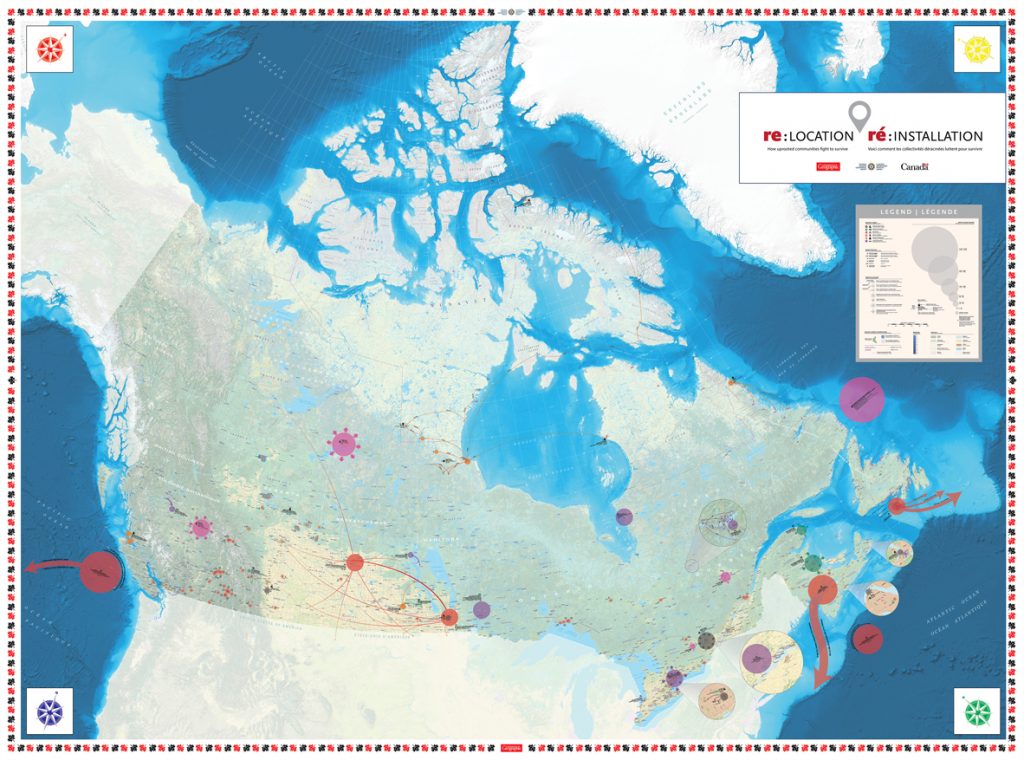Applying Foundational Knowledge about First Nations, Métis and Inuit
Knowing about the land we live on, and were born on, and whose land it is, is a wonderful learning activity for adults and students alike, and a great activity to take part in as an act of reconciliation.
I was born in Cranbrook, British Columbia, which is on Ktunaxa land. I live in Fernie, British Columbia, which is also on Ktunaxa land.
While my father and his family were not born in Canada, I can trace back my heritage in Canada several generations on my mother’s side.
My mother was born in Atikokan, Ontario, which is Ojibwe land. Her mother, and mother’s parents, were born in Nova Scotia, which is Mi’kmaq land. My mother’s father was born in Rush Lake, Saskatchewan, which is Cree land, and his mother was born in Blumenhof, Saskatchewan, which is also Cree land.
Re:Location Map
The PS1 class I was placed in had the opportunity to use the giant Re:Location floor map, courtesy of Canadian Geographic, where students were able to study migrations of the various peoples that inhabit Canada. I’ve included this as an artifact here on my portfolio to demonstrate the wealth of resources available to teachers that can be rented out, and the ways they can be of benefit to share the knowledge of the First Nations, Métis and Inuit with students of all ages, in line with part 5 of the TQS.

Unfortunately, due to shipping delays that we’ve all become accustomed to during the pandemic, our time with the map was limited to just one day. I had planned, if we’d had more time, to have students do an exercise examining and determining the traditional lands of the indigenous people of Canada. This would have been a very engaging and memorable lesson for students, as they would have to physically walk across the various locations to find these lands, being that it’s such a large floor map.